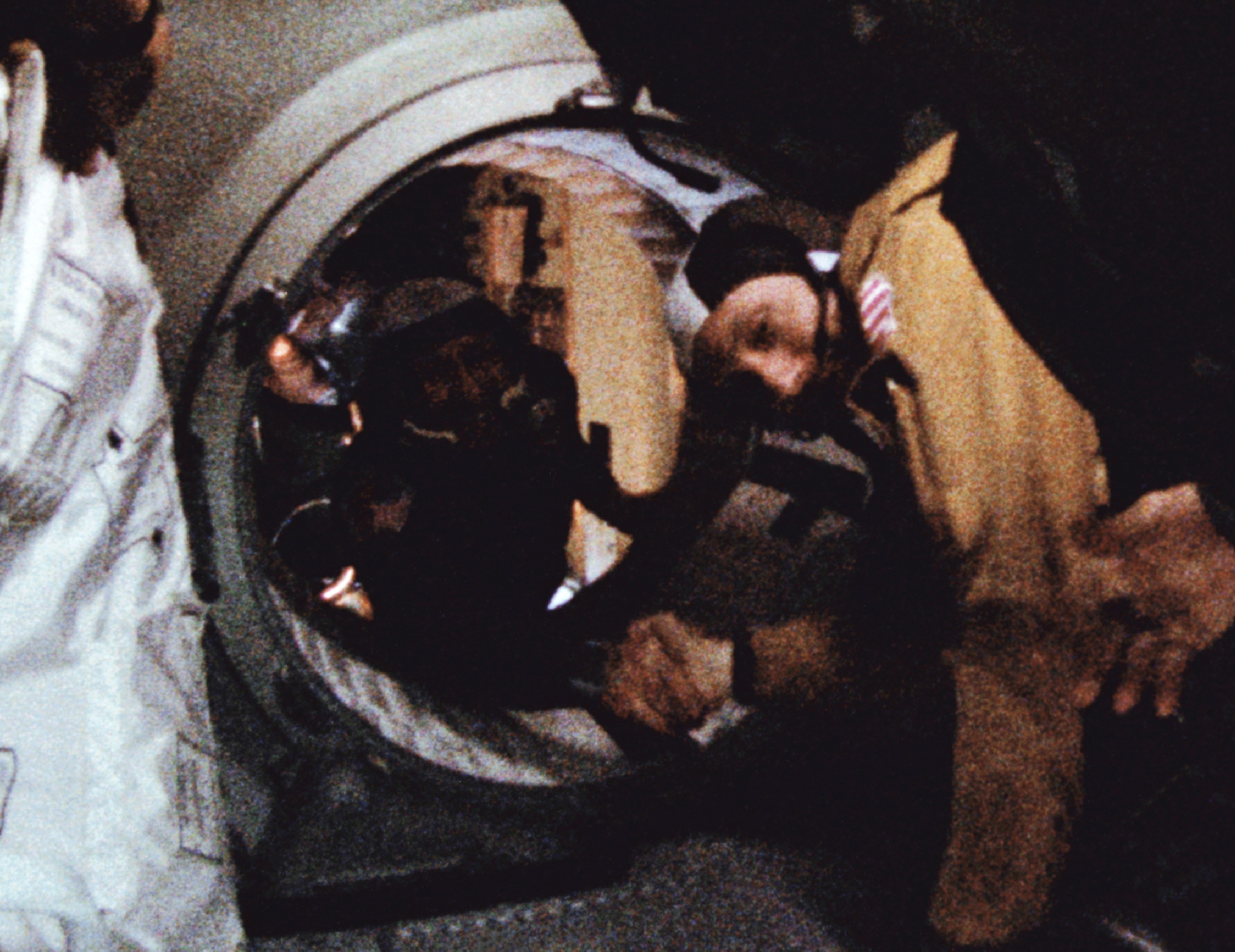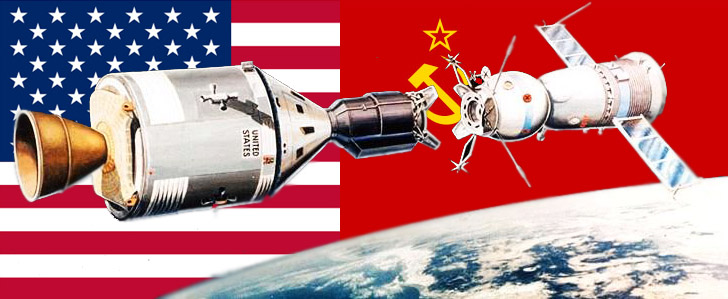
Here are some books that you may find useful during your studies. Search the Bennies catalogue Accessit for more, or browse the Non-fiction collection NFS..
Astronaut and NASA Administrator Charles Bolden, astronauts Mike Massimino and Dave Scott, and Apollo 13 actor Tom Hanks describe the greatest adventure story of all time.
We see the results of Wernher von Braun's work on the V-2 for the Nazis at Mittelwerk and Peenemünde, and his final activities within Germany during the last years of the Second World War, as both American and Soviet forces race to capture German rocket technology. When the Americans gain the upper hand by recovering von Braun and most of his senior staff, along with all their technical documents and much other materiel, we see Sergei Korolev's release from the Gulag to act as the Soviets' rocketry expert alongside former colleague Valentin Glushko, and how he is set to work bringing Soviet rocket technology up to date with that of von Braun, working with what material and personnel are left after von Braun's escape to the US.
As the Cold War intensifies, Korolev is asked to build a rocket capable of carrying a five-ton warhead to America - he designs and constructs the R-7 Semyorka, the first ICBM, and is later allowed to use it to launch the first satellite, Sputnik 1, quickly following up with the rushed Sputnik 2. Meanwhile, von Braun struggles to persuade the US government to allow him to launch his own satellite - after Sputnik's launch and the failure of the US Navy to launch a Vanguard satellite, he is finally allowed to launch the first American satellite, Explorer 1. Korolev announces that the Americans have evened the score and that they are in a space race which they intend to win. At the end of the episode we see the silhouettes of two men walking down a corridor, one appears to be in a space-suit. This could be Yuri Gagarin.
Both the Americans and Soviets are planning manned space flight, and we see both sides preparing to do so with the development of the Vostok programme (USSR) and Project Mercury (USA). As well as basic details about the capsules and their delivery vehicles, we also see some of the selection and training of the Russian cosmonauts, and rather less of that of their counterparts in the US. After difficulties and failures on both sides including a catastrophic failure that killed nearly half of the Soviet rocket team, the Soviets succeed in putting Yuri Gagarin into space first, with the Americans putting Alan Shepard up shortly afterwards.
Both sides now plan to put a man on the Moon - the Americans pull ahead in the space race with Project Gemini, but then suffer a disaster with the Apollo 1 fire. Meanwhile, despite a few notable successes such as the first space walk by Alexei Leonov, the Soviet space programme struggles to keep up amid internal strife. Glushko and Korolev permanently fall out in an argument about fuel; Korolev turns to Nikolai Kuznetsov to develop engines instead. Kuznetsov delivers the NK-33, very efficient but much less powerful than the Americans' F-1. The Soviet program suffers further blows when Korolev dies during surgery, Gagarin dies in a jet crash, Soyuz 1 crashes and kills Vladimir Komarov, and the prototype booster for the moon shot, the N-1 rocket, fails to successfully launch. In America, von Braun has continuing difficulties with the Saturn V, especially combustion instability in the large F-1 engine, but these are ultimately overcome almost by brute force at great expense, and the rocket successfully launches the first manned lunar mission, Apollo 8, and the first manned lunar landing, Apollo 11. The final episode finishes with brief textual summaries of the remaining careers of the various people involved.





After World War II drew to a close in the mid-20th century, a new conflict began. Known as the Cold War, this battle pitted the world’s two great powers–the democratic, capitalist United States and the communist Soviet Union–against each other. Beginning in the late 1950s, space would become another dramatic arena for this competition, as each side sought to prove the superiority of its technology, its military firepower and–by extension–its political-economic system.
Russian space scientist Roald Z. Sagdeev spent a large part of his career viewing NASA from the Soviet Union’s side of the Cold War divide. Sagdeev, the former head of the Russian Space Research Institute, now is the director of the University of Maryland’s East-West Space Science Center. He wrote this essay with his wife, Susan Eisenhower (President Dwight D. Eisenhower’s granddaughter) that traces the long, hard path to space cooperation until the Soviet Union’s dissolution in 1991.